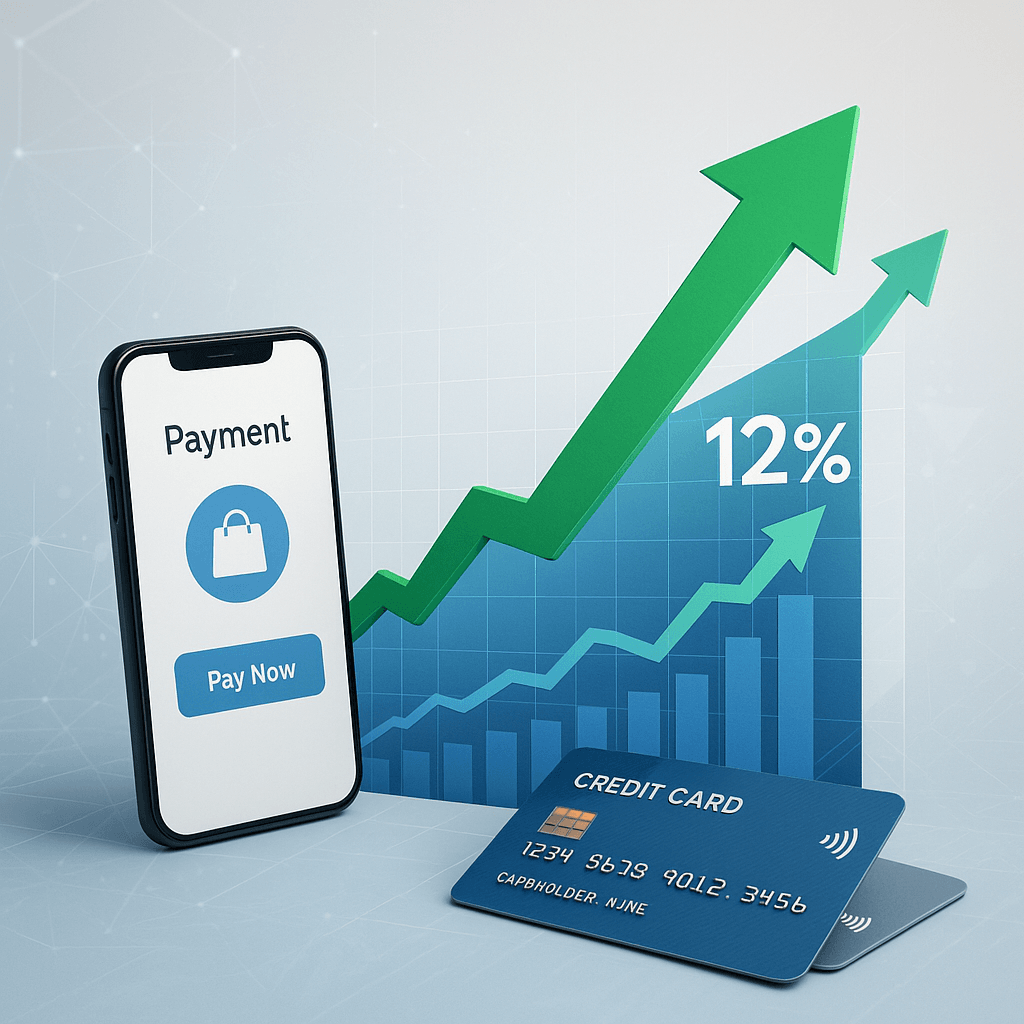Affirm stock rocketed 12% Friday after the buy-now-pay-later giant crushed Wall Street expectations despite losing Walmart to rival Klarna. The earnings beat signals resilient consumer spending is powering fintech growth ahead of Klarna's looming IPO battle.
Affirm just proved that losing Walmart to Swedish rival Klarna wasn't the death blow Wall Street feared. The buy-now-pay-later pioneer's stock surged 12% Friday after delivering a comprehensive earnings beat that sent a clear message: consumer spending remains robust, and Affirm's diversification strategy is working.
CEO Max Levchin didn't mince words during his CNBC Money Movers appearance, declaring the company is "firing on all pistons." The numbers back up his confidence. Earnings hit 20 cents per share—nearly double Wall Street's expectations—while revenue climbed 33% year-over-year to $876 million. Even more striking: net income flipped from a $45.1 million loss to a $69.2 million profit.
Amazon and Shopify partnerships more than offset the Walmart defection. Affirm's gross merchandise volume jumped 44% from the year-ago quarter, beating street estimates by nearly $1 billion. "You can see that consumers are transacting more and more frequently," Levchin told CNBC. "The consumer growth itself, the merchant growth, all these things compound to just drive usage more and more."
The timing couldn't be more critical for Affirm's competitive positioning. Klarna's IPO preparations are intensifying pressure across the BNPL sector, while Apple's own Pay Later service launched last year with significant fanfare. Yet Affirm's latest results suggest the market remains large enough for multiple winners—provided they execute on differentiation.
Affirm's secret weapon appears to be its physical Affirm Card, the company's biggest strategic bet for expanding beyond e-commerce checkouts. The strategy is gaining serious traction: card gross merchandise volume exploded 132% to $1.2 billion, active cardholders nearly doubled to 2.3 million, and crucially, in-store spending surged 187%. Zero-percent APR loans—a key customer acquisition tool—more than tripled and now represent 14% of card volume.
Levchin addressed investor concerns about those 0% promotional rates head-on during . "These 0% deals are still underwritten every time," he explained. "If we think the person cannot afford to borrow money, we will very sadly and compassionately tell them, 'Hey, this isn't for you.'" That responsible lending approach, powered by machine learning algorithms, helps explain why 50% of new users enter through the compelling 0% rate without dragging down credit quality.










